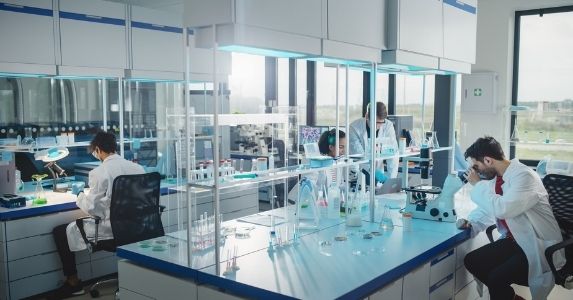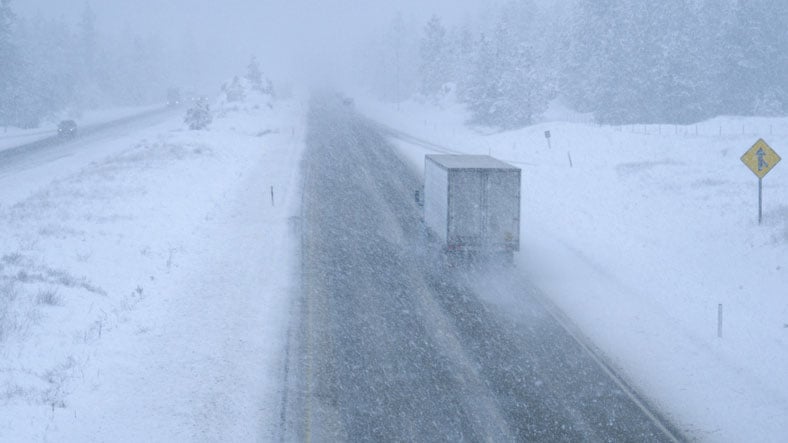Is Compliance with NIH Guidelines Required for Biohazard and rDNA Permitting?
The Asilomar conference was held in 1973 and 1975 to address concerns from developments in recombinant DNA (rDNA) technology. From the conference, the National Institutes of Health (NIH) Director established the NIH rDNA Advisory Committee which promulgated the NIH Guidelines for Research Involving Recombinant DNA Molecules.
The document details different risks inherent to manipulations of recombinant DNA -- including modifications of infectious agents, humans, animals, and plants -- with a hierarchy that correlate to different levels of review starting with the internal review and potentially requiring approval from the NIH Director for the highest risk work. The NIH Guidelines also document criteria for establishing different levels of containment for biohazards: Biosafety Level 1 through 4.
NIH Guidelines and Institutional Biosafety Committees (IBCs) ensure that rDNA research is carried out safely. Compliance with the NIH Guidelines is a requirement for receiving NIH research funding. Additionally, an NIH funding permit is required before a receiving a biohazard or rDNA permit. Organizations that do not adhere to the NIH Guidelines risk being suspended, having their financial support constrained, or having their funding withdrawn.
Who Is Required to Follow NIH Guidelines?
Although called “Guidelines,” they are a requirement when organizations receive NIH funding, or when other funding or local requirements stipulate it. Specifically, in 1977, due to concerns about a laboratory renovation at Harvard University for a Biosafety Level 3 (then called P3), the city of Cambridge, MA enacted regulations regarding compliance with the NIH Guidelines and additional permitting requirements. Since then, numerous Massachusetts local Boards of Health have promulgated regulations that require permitting and compliance depending on the type of work being done.
Per NIH Guidelines, organizations conducting the research must establish an IBC. The IBC is responsible for reviewing and ensuring that research complies with the NIH Guidelines. Members of this committee must include an rDNA expert and two (2) community representatives; other members may be a Biosafety Professional (required for BSL3 and BSL4s), animal or plant research expert, human subject’s expert, or other subject matter expert depending on the scope of work being conducted. In summation, committee members are responsible for ensuring that the relevant regulations are addressed with proper concern for the safety of project and non-project personnel, the environment, and the surrounding communities.
Requirements for Biohazard and rDNA Permits
Compliance with the NIH Guidelines is required if your organization receives NIH funding for research involving recombinant or synthetic nucleic acid molecules. A NIH funding permit is required before an organization receives the Biohazard or rDNA permits. Also, adherence to the NIH Guidelines may be a condition of support from other federal agencies, or even private funders of research. It is important to be aware of the requirements specific to your organization.
NIH Guidelines and IBCs are significant because they ensure that research utilizing rDNA is conducted safely. If a local jurisdiction requires compliance with the NIH Guidelines as part of the permitting process and an organization is out of compliance, they could lose the permit and must cease work and/or be fined. Additionally, they risk having their financial assistance limited, or terminated. Triumvirate Environmental biosafety consultants understand the importance of complying with NIH Guidelines and have extensive experience with biohazard and rDNA permitting. Contact us today for assistance.







